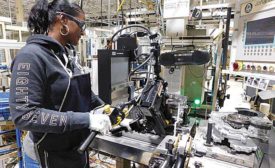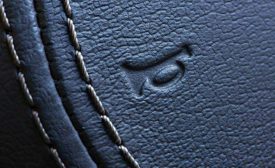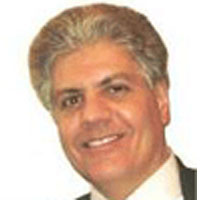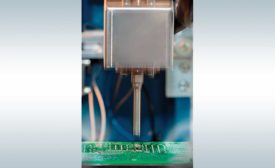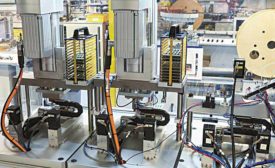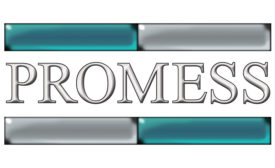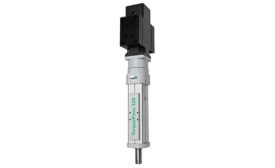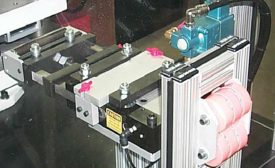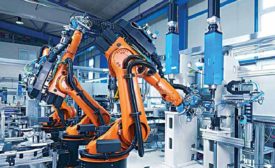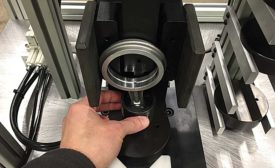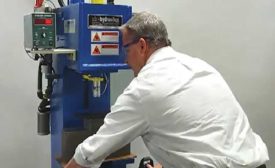Assembly Presses
The Van Dyke transmission plant excels at high-volume, high-mix production.
Read More
Staking for Plastic Parts Assembly
A wide range of staking methods produce quality plastic assemblies with stress-free joints
September 5, 2018
Electric Presses Offer Many Benefits to Assemblers
As electric presses gain market share, suppliers are coming up with innovative ways to stand out
May 8, 2018
Fastening or Pressing of Medical Devices
For a wide range of medical devices, fastening or pressing is often the best assembly method
May 1, 2018
Best Practices for Press-Fit Assembly
Parts of various sizes, shapes and materials are often assembled with an interference fit.
September 14, 2017
Never miss the latest news and trends driving the manufacturing industry
Stay in the know on the latest assembly trends.
JOIN TODAY!Copyright ©2025. All Rights Reserved BNP Media.
Design, CMS, Hosting & Web Development :: ePublishing
